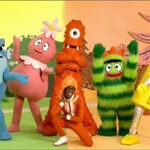DISCLAIMER
This article was written at a time when I was a lot less wise. When a work of art moves us, it’s hard to imagine that same work may have hurt someone else. In my eagerness to defend Silence of the Lambs, I was not sympathetic towards those who felt threatened by this film. I was wrong to do so and offer my sincere apologies. The truth is that transgender people have been slighted in the arts for far too long, and upon realizing that I tried to WRITE A FOLLOW UP PIECE THAT HOPEFULLY OFFERS A MORE SYMPATHETIC EAR TO THIS FILM’S CRITICS. Silence of the Lambs continues to thrill and move me as it does many people, but that’s no excuse for any of us to ignore valid criticisms of this deeply troubling aspect of the film. Once the lambs are silent, maybe we can all try to listen a little better.
Silence of the Lambs, a cinematic masterpiece that swept the 1992 Oscars, winning in all five major categories, is no stranger to critical acclaim. However, alongside the accolades, the film has consistently faced a significant controversy: its portrayal of Jame Gumb, the infamous serial killer also known as Buffalo Bill. Critics and activists alike have argued that Gumb perpetuates harmful stereotypes against gay and transgender individuals. This controversy even culminated in protests during the Academy Awards ceremony itself. Ted Levine, the actor who brought Buffalo Bill to chilling life, maintains that these interpretations are surface-level readings of a much more complex character.
The Genesis of the Controversy: Buffalo Bill and Stereotypes
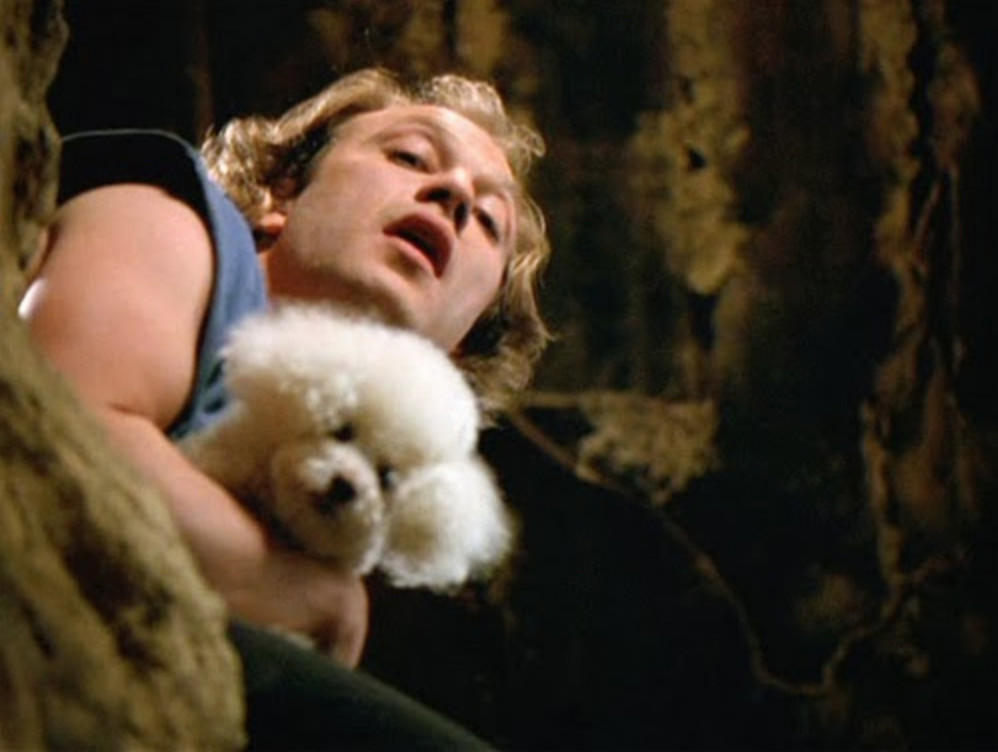 Buffalo Bill Silence of the Lambs Controversy
Buffalo Bill Silence of the Lambs Controversy
[Credit: Columbia TriStar Films]
To truly grasp the heart of the controversy, one must delve into the character of Jame Gumb, or Buffalo Bill, as he is known to the terrified public in Silence of the Lambs. In the film, Buffalo Bill is depicted as a serial killer who preys on overweight women. His gruesome modus operandi involves kidnapping his victims, confining them, and ultimately skinning them to create a “woman-suit” – a grotesque symbol of his desperate desire for transformation and a warped sense of identity. After each horrific act, Buffalo Bill leaves a moth in the throat of his victims, a macabre signature and a twisted metaphor for metamorphosis. FBI trainee Clarice Starling is tasked with hunting down this monster, and she must seek the unsettling assistance of incarcerated cannibalistic serial killer, Dr. Hannibal Lecter, to navigate the labyrinthine mind of Buffalo Bill.
Adding fuel to the fire of controversy is Buffalo Bill’s presentation. He owns a white Bichon Frise named Precious, and in one of the film’s most disturbing and iconic scenes, he dances in women’s clothing and a scalp – a chilling moment etched in cinematic history. Furthermore, the narrative hints at a past homosexual relationship. At first glance, these elements seem to paint a picture of Buffalo Bill as a negative stereotype of the LGBTQ+ community, a perception that sparked outrage and debate upon the film’s release. However, the creators of Silence of the Lambs vehemently refuted these accusations. Ted Levine, the actor who embodied the terrifying Buffalo Bill, offered a profoundly different perspective on his character’s motivations and identity during the film’s production.
Ted Levine’s Interpretation: Beyond Stereotypes in the Buffalo Bill Dance Scene
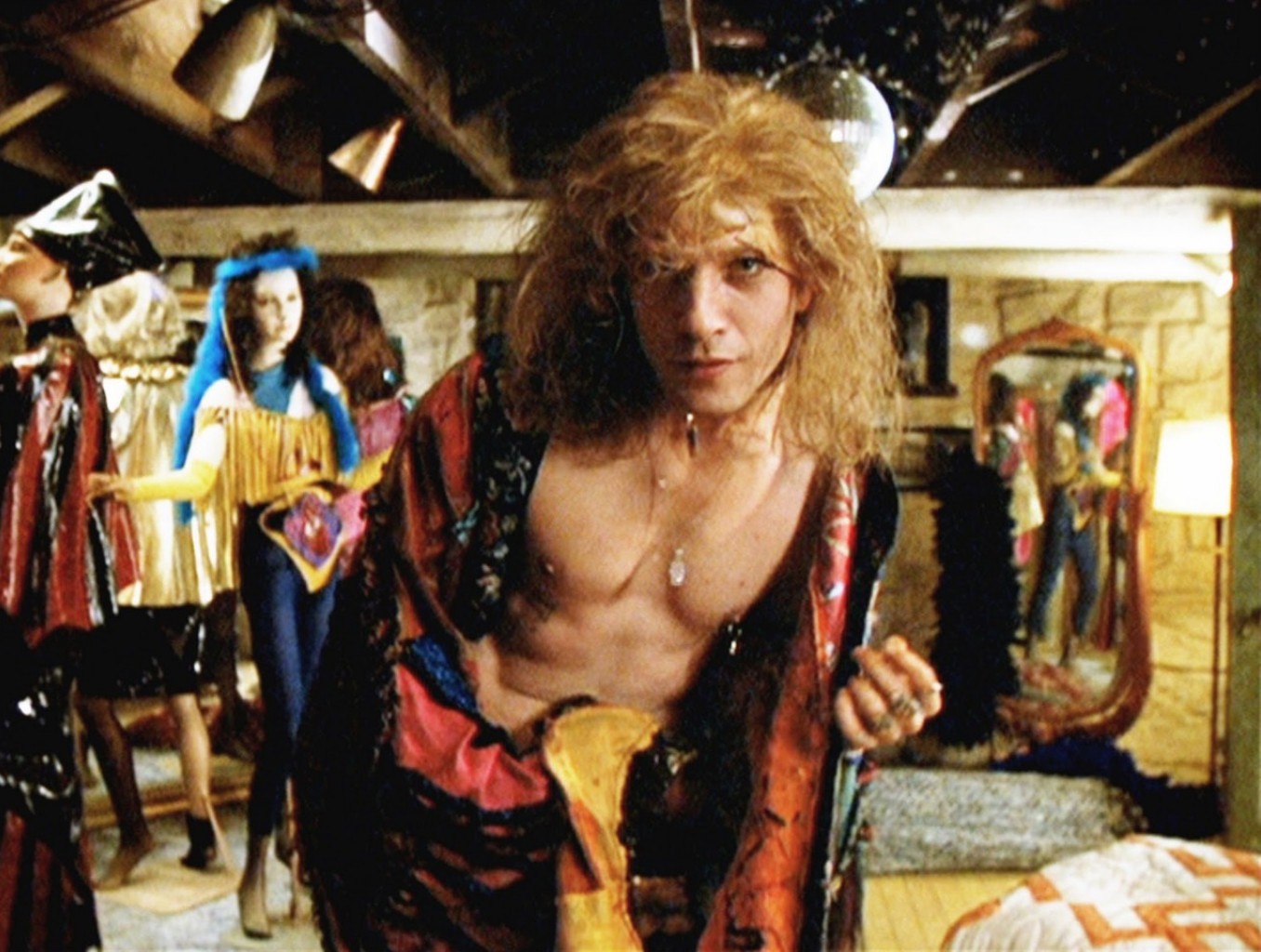 Buffalo Bill Dance Silence of the Lambs
Buffalo Bill Dance Silence of the Lambs
[Credit: Columbia TriStar Films]
While Ted Levine is recognized for his diverse roles, including his memorable performance in the series Monk, his portrayal of Buffalo Bill in Silence of the Lambs remains a career-defining moment. In the 2003 documentary, Inside the Labyrinth: The Making of Silence of the Lambs, Levine provided extensive insights into his preparation for the role and his understanding of Buffalo Bill. He explicitly stated that he never approached the character as gay, directly addressing the criticisms leveled against the film.
There’s a lot of flack about him being gay. I never played him as being gay.
Levine’s preparation for the role was intense and research-driven. He immersed himself in materials about serial killers who served as inspiration for Buffalo Bill in Thomas Harris’s novel, particularly focusing on Ed Gein and Jerry Brudos, both notorious for skinning their victims. This research had a profound impact on Levine, leaving him with disturbing and lasting images.
I had a good deal of time to work on the part before we started shooting. I read a great deal of material about serial killers. Not a fun process at all. I’ve lived with a lot of images that I still remember.
Further delving into understanding Buffalo Bill, Levine spent time in bars frequented by crossdressers and individuals undergoing gender transition. However, this exploration led him to a crucial realization: he felt a disconnect between these communities and the character he was portraying. He concluded that Buffalo Bill’s motivations were distinct and not rooted in gender identity or sexual orientation. Levine’s epiphany was pivotal in shaping his performance, particularly in the chilling Buffalo Bill dance scene.
I met with female impersonators. I went to some very interesting bars looking and talking to people about a side of life that I’m not familiar with. And I came to the conclusion that none of that had anything really to do with this. If the guy was gay, he’d be killing and maiming boys and men and he was killing women.
 Ted Levine Buffalo Bill Silence of the Lambs
Ted Levine Buffalo Bill Silence of the Lambs
Driven by this understanding, Levine consciously chose to portray Buffalo Bill not as a representation of the LGBTQ+ community, but as someone fundamentally separate. He aimed to depict a character who might harbor animosity towards homosexual and transgender individuals, possibly as a deflection from his own deep-seated insecurities and identity struggles. This informed his portrayal of Buffalo Bill’s mannerisms and even the unsettling Buffalo Bill dance, imbuing it with a sense of mockery rather than genuine self-expression.
The stance I took was more of an acutely homophobic heterosexual man doing that mocking thing. I kind of took it that he was sort of imitating the way his mother might have talked to the poodle. By hearing that voice, in a sense he’s sort of talking to himself. His inner poodle as it were. The other thing he’s not is he’s not a transvestite either or a transexual. He was playing with these ideas and he’s tried on a whole lot of personas, and just got hooked on this idea of dressing in a women’s skin.
Despite Levine’s intentions and interpretation, director Jonathan Demme remained concerned about potential misinterpretations of Buffalo Bill as a harmful stereotype. He discussed these anxieties extensively with Levine, particularly regarding the Buffalo Bill dance scene and how it might be perceived. Levine reassured Demme, emphasizing his portrayal was not intended to perpetuate clichés or negative representations of gay individuals.
He was scared about the gay thing too, and I said ‘Don’t worry. This is not a gay character.’ You don’t want to beat that movie cliche over the head of the mincing homosexual.
Levine has consistently maintained this perspective on Buffalo Bill, even acknowledging and apologizing for the hurt caused by misinterpretations of his character. He has reached out to members of the LGBTQ+ community to express his understanding and regret for any offense taken.
People really took it to heart and were offended by it. I’ve talked to people whose feelings were hurt about the characterization I did, and I apologize for that.
The Narrative Depth: Unveiling Buffalo Bill Beyond the Dance
 Silence of the Lambs Buffalo Bill House
Silence of the Lambs Buffalo Bill House
[Credit: Columbia TriStar Films]
While Ted Levine’s insights are crucial, understanding Buffalo Bill requires looking beyond individual interpretations and examining the narrative itself, both in the film and Thomas Harris’s novel. The book provides a more detailed backstory for Gumb, explicitly clarifying that he is not gay or transgender but rather presenting himself as such. Deleted scenes from the film further support this. In these scenes, Jack Crawford consults with Dr. Danielson at a gender reassignment clinic. In the novel, Dr. Danielson explicitly differentiates Buffalo Bill from transgender individuals, stating they are “decent people.” Crawford concurs, clarifying the FBI’s focus is on someone rejected by such clinics for not being genuinely transgender.
The whole idea is, the man we want is not your patient. It would be someone you refused because you recognized that he was not a transexual.
These clarifying scenes were condensed in the screenplay and ultimately cut from the final film to maintain a tighter focus on Clarice Starling’s perspective. Screenwriter Ted Tally explained that this streamlining was intended to prioritize Clarice’s narrative, even at the cost of some character depth for Buffalo Bill. Subplots, including Crawford’s personal struggle with his wife’s terminal illness, were also sacrificed for pacing and focus.
We ended up having to lose references to his (Gumb’s) childhood and how he became this twisted creature that he is, which was unfortunate. He becomes something of a cipher in the movie. Not as rich as he is in the book. But it’s a 375 page book. You can’t save everything.
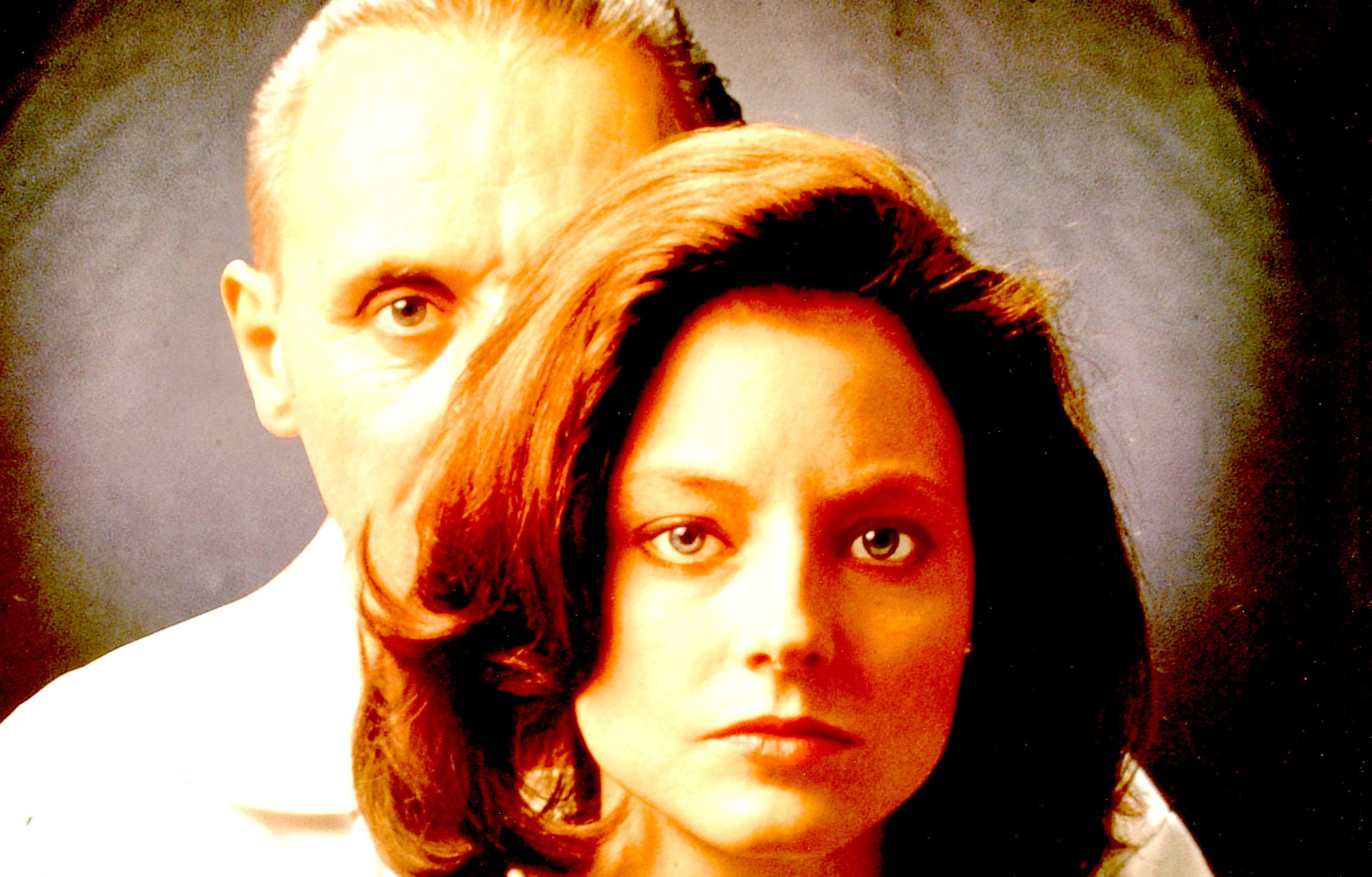 Clarice Starling and Buffalo Bill
Clarice Starling and Buffalo Bill
This reduction in backstory in the film left audiences with fragmented glimpses into Buffalo Bill’s psyche. However, crucial moments of clarification remain, particularly in the dialogues between Hannibal Lecter and Clarice Starling. Starling herself articulates the distinction between Buffalo Bill and transgender individuals, referencing established literature.
There’s no correlation in the literature to transsexualism and violence. Transsexuals are very passive.
Hannibal Lecter, in his chillingly insightful manner, further dismisses the notion of Buffalo Bill being transgender, referring to him dismissively as “Billy.”
Billy is not a real transexual. But he thinks he is. He tries to be. He’s tried to be a lot of things, I expect.
These exchanges between Lecter and Starling serve to guide the audience and Starling herself towards a deeper understanding of the villain. The film explicitly dismisses the idea of Buffalo Bill being transgender early on, effectively removing it as a central aspect of his character. This also sheds light on Buffalo Bill’s relationship with Benjamin Raspail. Lecter suggests that Gumb’s engagement with Raspail was another attempt at self-transformation, an attempt to “be” gay. When this failed to provide the desired change, Gumb reacted with violence, murdering Raspail. Therefore, Buffalo Bill was not genuinely homosexual but experimenting with identity, fueled by deep self-loathing that manifested in increasingly sinister ways.
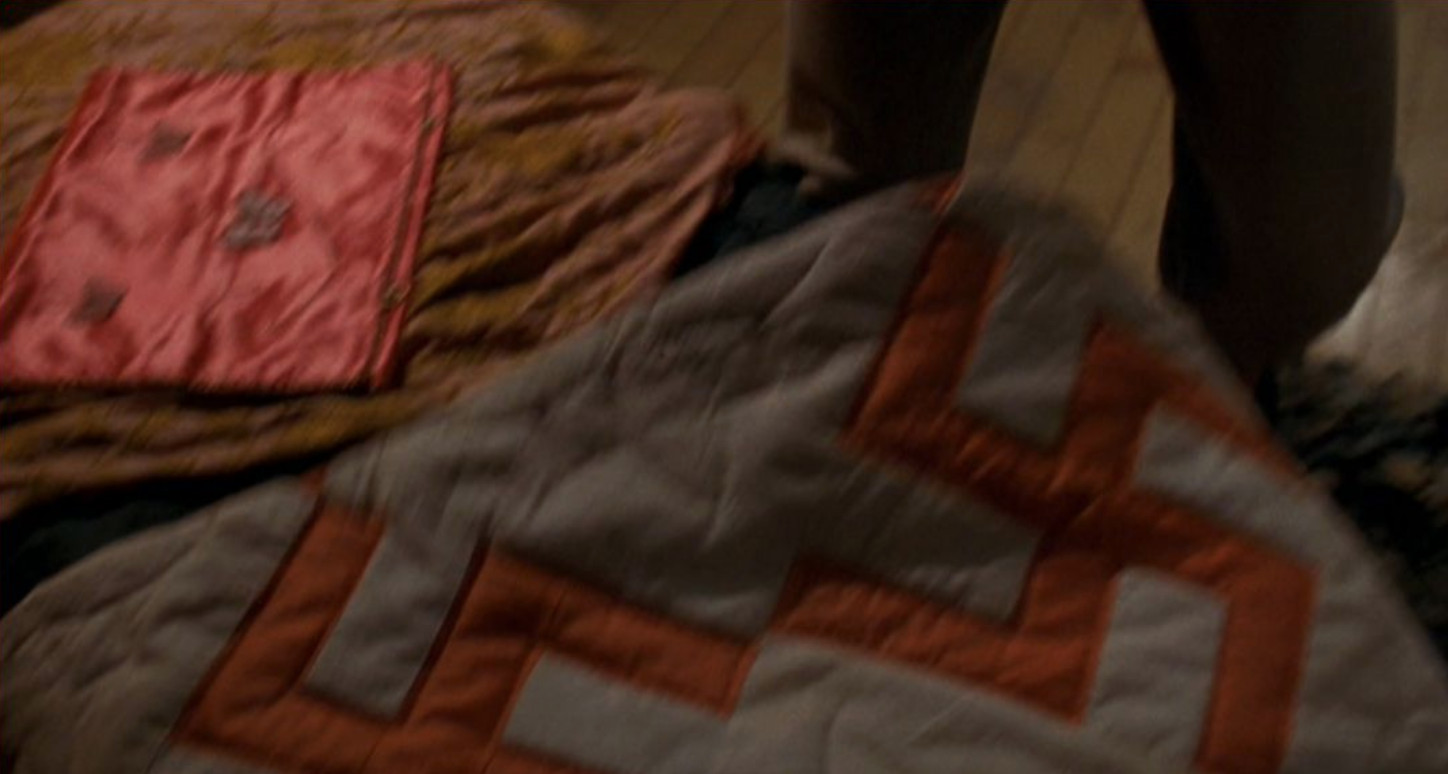 Buffalo Bill Nazi Paraphernalia Silence of the Lambs
Buffalo Bill Nazi Paraphernalia Silence of the Lambs
[Credit: Columbia TriStar Films]
A subtle but significant detail often missed is the Nazi paraphernalia subtly placed within Buffalo Bill’s home. This set design choice provides further insight into Buffalo Bill’s disturbed psychology. Like many extremist ideologies, Nazism targets insecure individuals with promises of empowerment and belonging. These messages would likely resonate with someone like Gumb, representing another phase in his desperate search for identity transformation. The historical association of Nazis with skinning victims could also have served as a disturbing inspiration for Buffalo Bill’s gruesome methods. When these attempts at self-empowerment fail, Buffalo Bill resorts to possessing his victims, dehumanizing them to the ultimate degree by turning them into a “suit.” Ted Levine reiterates that this desire for power and possession was central to his portrayal.
He wanted the power that he perceives a woman possesses. ‘I want you, so I’m gonna have you. I’m gonna have you completely in that I’m gonna skin you and crawl inside you.’
The Enduring Legacy: Beyond the Buffalo Bill Controversy and Dance
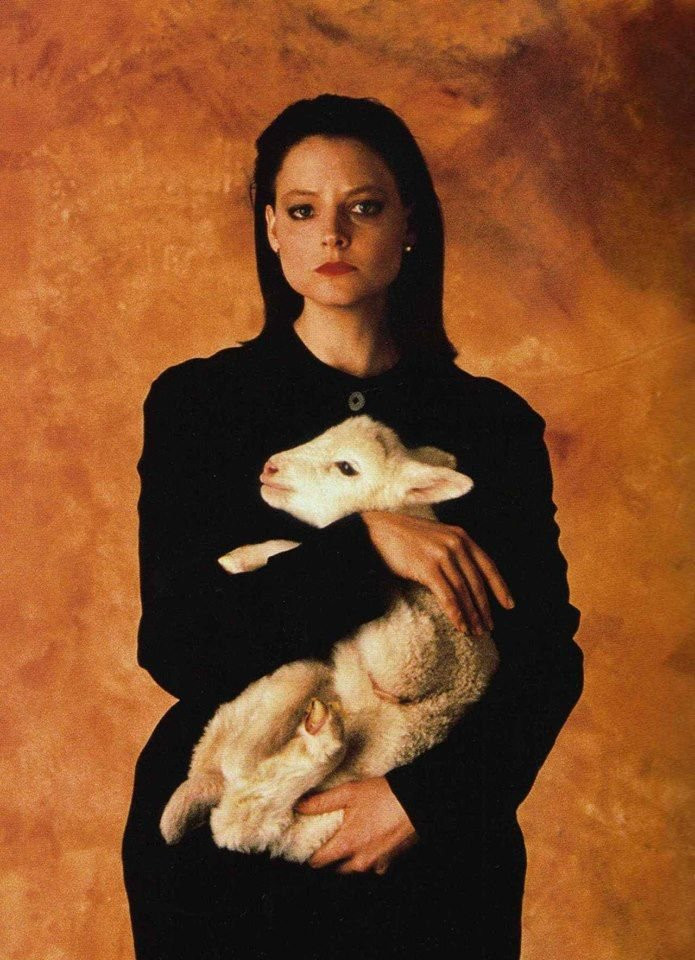 Jodie Foster Silence of the Lambs Legacy
Jodie Foster Silence of the Lambs Legacy
Despite its critical acclaim, the controversy surrounding the interpretation of Jame Gumb has cast a shadow on the legacy of Silence of the Lambs. Jodie Foster, who herself identifies as lesbian, has addressed this issue, drawing parallels to the criticisms leveled against Basic Instinct.
Our film sort of got lumped in with Basic Instinct where some of the more activist groups really felt that it portrayed a gay character as being psychopathic, and that audiences would be confused into believing that if you were gay or transgender then that must mean you’re a serial killer. I think it has vanished from the legacy of the film because on further inspection, I think people really realize that was kind of a superficial reading of the movie.
Foster’s perspective is insightful. While a superficial viewing might interpret Buffalo Bill as a harmful stereotype, a deeper analysis reveals a far more nuanced and disturbing character. Buffalo Bill is not a representation of LGBTQ+ individuals, but a complexly disturbed individual who perverts notions of gender and sexuality in his desperate and violent quest for self-transformation. The iconic Buffalo Bill dance scene, while unsettling, is not an expression of queer identity but a manifestation of his fractured psyche. Focusing solely on the controversy surrounding Buffalo Bill risks overlooking the film’s central moral narrative: a story of female agency and resilience, where Clarice Starling confronts and ultimately defeats a monstrous man who objectifies and destroys women.
Be sure to also check out these other horror themed pieces by some of our top contributors!
Maidens & Maniacs: Female Empowerment in the Slasher Genre
Why ‘Ghostbusters’ Was a Horror Movie
Share this:
Like Loading…

